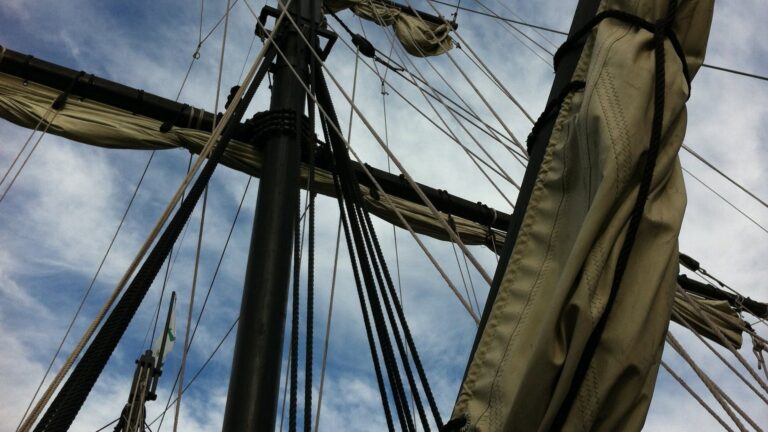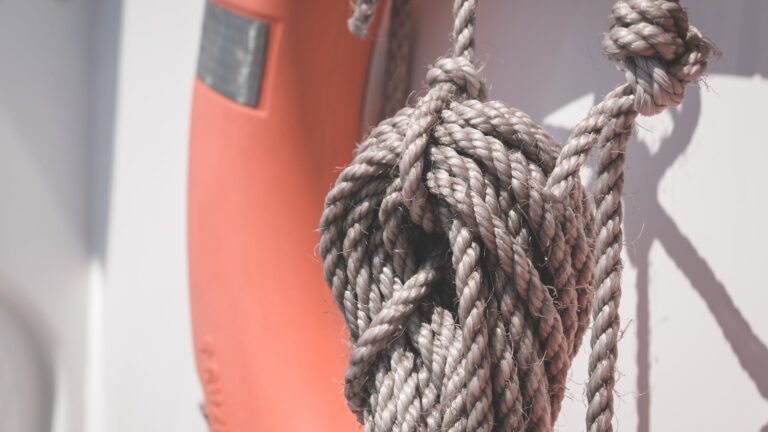What mph Wind is Good for Sailing?
Are you interested in sailing and would like to know what mph wind is good for sailing? If so, you have come to the right place! Sailing is a thrilling and rewarding sport that requires knowledge, skill, and most importantly, understanding the wind speed necessary for optimal performance of your boat.
In this article, we will discuss what mph wind is good for sailing, different types of boats and their characteristics, factors affecting wind speed, and safety considerations when sailing in different wind speeds.
What is Sailing?
Sailing is a recreational activity involving the use of a sailboat or other vessel propelled by the power of the wind rather than an engine or oars. It can be done alone or with multiple people on board, depending on the type and size of boat being used as well as local regulations and personal preference.
The sport has been around since ancient times and has been used throughout history by many cultures to travel long distances on bodies of water such as seas, oceans, lakes, rivers and more recently canals or other man-made water courses.
The goal of sailing can vary from leisurely trips around town to racing competitions at sea, regardless of the purpose behind it, there are certain basic skills that all sailors must master before they can become experts at navigating their boat safely through any environment or condition they may encounter during their voyage.
Types of Boats and their Characteristics
There are many different types of vessels used in sailing ranging from small dinghies to large yachts, these boats can be further divided into two major categories: those up to 26 feet in length and those over 26 feet in length.
Each type has its own characteristics which may affect its performance in various weather conditions, for example, smaller boats tend to be lighterweight so they should perform better in light winds while larger vessels are designed with more stability so they can handle rougher waters in higher winds more easily than their smaller counterparts.
What Wind Speeds are Ideal for Sailboats?
The amount of wind necessary to move a sailboat depends largely on the size and shape of its sails as well as any other modifications that have been made to improve its performance, however, some general guidelines can be used when considering what mph wind is good for sailing:
- Up to 26 feet boats – These types of boats sail best in wind speeds ranging from 10 to 20 knots (roughly 11-23 mph).
- Over 26 feet boats – These are heavy boats that can perfectly handle wind speeds ranging from 15 and 25 knots (roughly 17-28 mph).
Anything above that may overpower the boat and may leave you in a precarious if not deadly situation if not handled with great care by an experienced sailor.
Factors Affecting Wind Speed
Wind speed is affected by multiple factors including location (the closer you are to shore the stronger winds tend to be), time of year (temperature determines how much thermal energy is available which affects air pressure), altitude (higher altitudes tend to have stronger winds), land conditions (topography affects air flow) etcetera, all these factors should be taken into consideration when determining what mph wind is good for sailing your particular vessel.
Factors That Affect the Performance of a Boat
In addition to being affected by various environmental factors such as those mentioned above, a sailboat’s performance also depends on its design (shape/size/weight) as well as any modifications made such as changes in sail shape or rigging setup, these modifications will affect how quickly it accelerates/decelerates when turning or tacking across different points on the compass rose relative to the direction of the current breeze conditions at any given time throughout your voyage .
Safety Considerations
When it comes to safety while out at sea it’s important that all sailors take into account not only what mph wind is good for sailing but also other considerations such as potential hazards like rocks, sandbars or shallow waters that may be encountered along your route, these should always be taken into account before embarking on any voyage regardless how experienced you may be as a sailor because even minor miscalculations can lead serious consequences if not rectified quickly enough before it’s too late!
Also keep in mind that although higher winds may lead better results by allowing faster speeds across open waters they also come with increased risks due to increased forces exerted upon your boat which could lead problems with steering control or structural integrity if not managed properly by an experienced captain/crew aboard at all times!
Conclusion
Sailing is an exciting activity that requires knowledge about both environmental conditions as well as boat design/setup, understanding what mph wind is good for sailing helps ensure optimal performance from your vessel while keeping yourself safe from potential hazards out at sea!
Always remember that although higher winds allow faster speeds across open water they also come with increased risks so make sure you’re prepared for both scenarios before venturing out at sea! Good luck!







